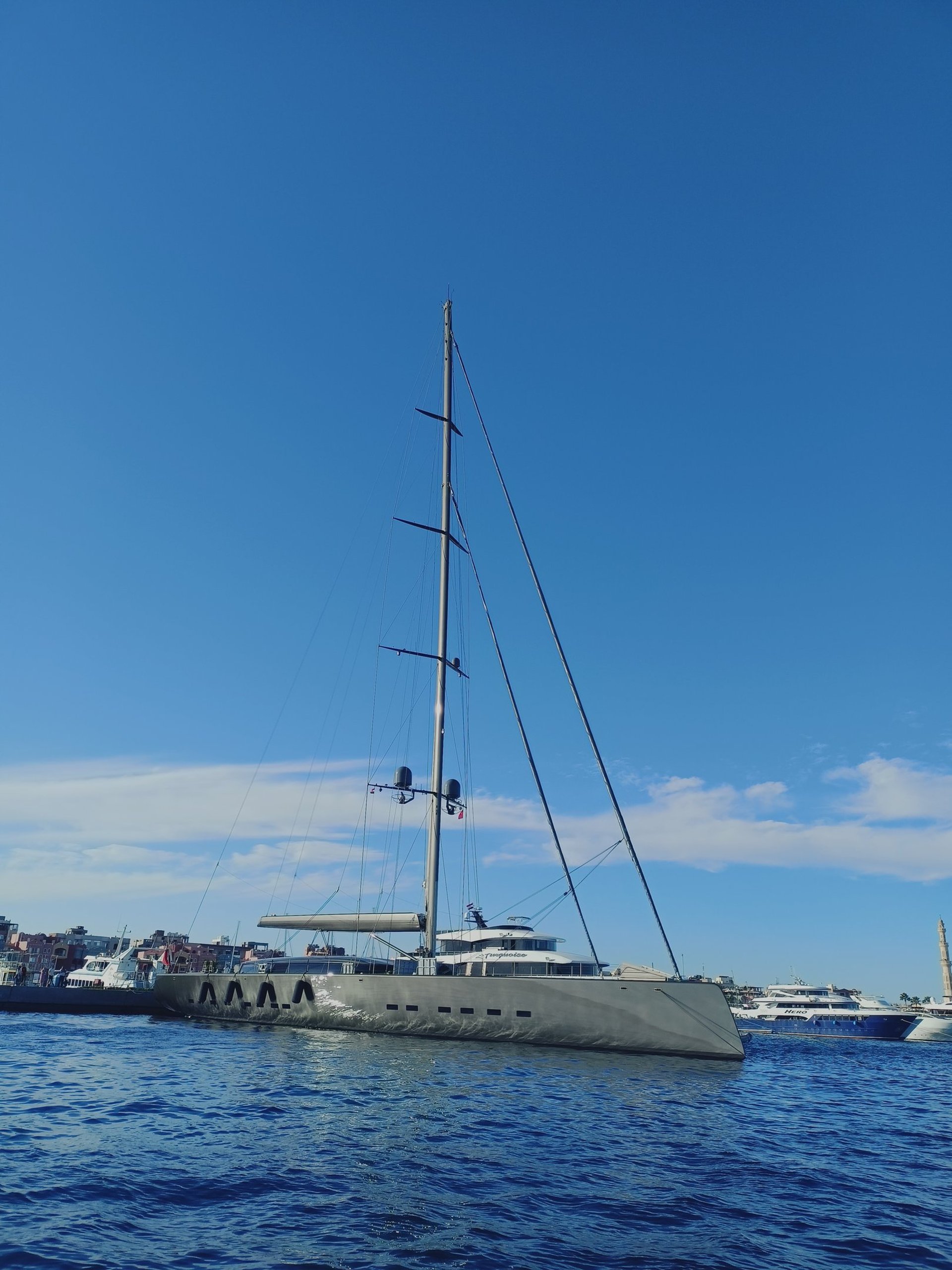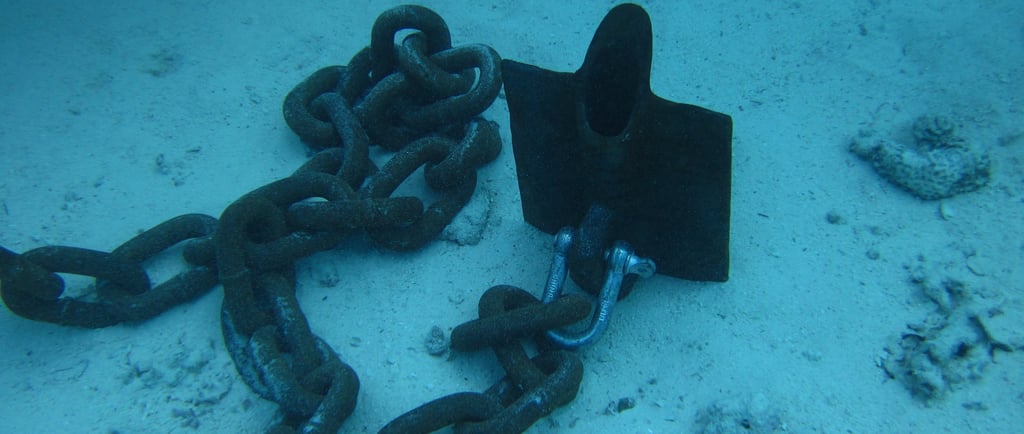
The Manta-Ray Mooring System
The Optimal Solution for Soft-Bottom Anchoring
chef magdy
10/10/20252 min read


#### Introduction
The Manta-Ray system is an embedment anchor system specifically designed for unconsolidated seabeds such as sand, gravel, coral rubble, and seagrass. Originally developed for anchoring utility pole guy wires, it was adapted for marine use, with its first units installed in the Key Largo National Marine Sanctuary in Florida. Stroke Marine is a leading company in the supply and installation of this system.
#### Cost Comparison with Other Systems
The Manta-Ray system is an economical choice compared to traditional systems, as it is:
* More cost-effective than traditional concrete block systems, which require more materials and complex installation processes.
* More efficient in terms of cost compared to higher-priced helical screw anchors.
* Cost-saving in the long term due to its durability and low maintenance requirements.
* A worthwhile investment compared to the exorbitant costs of repairing damage caused by traditional anchors to coral reefs.
#### System Components
The system consists of two main parts:
1. The Anchor (The Plate):
* A galvanized cast iron plate shaped like a paddle or manta ray fin (hence the name).
* Connected via a swivel joint to a chain, allowing it to pivot to a vertical position during installation.
* Available in different sizes to suit various seabed types and load requirements.
2. The Anchor Chain:
* A galvanized chain of suitable length and sturdy thickness.
* In marine models, the anchor and chain are welded into a single unit to prevent underwater unscrewing.
* A specially designed "eye nut" for the marine environment is fixed to the top end of the chain for attaching the buoy line.
#### Installation Process
Stroke Marine carries out installation operations to the highest standards:
1. Site Survey: Inspecting the seabed to determine soil type and depth.
2. Driving: A diver uses a hydraulic jackhammer to drive the chain and Manta-Ray anchor completely into the seabed.
3. Setting (Toggling): A pulling force is applied to the chain, causing the anchor plate to rotate 90 degrees to a horizontal (locked) position beneath the seabed surface.
4. Connection: The buoy line and the buoy itself can be attached immediately after installation.
#### Advantages of the Manta-Ray System
* High Holding Power: Capable of withstanding significant loads, depending on the anchor size and soil type.
* Rapid Installation: Can be completed in a short amount of time.
* Low Environmental Impact: Does not require extensive drilling or the use of concrete.
* Suitable for Various Seabeds: Works excellently in sand, coral rubble, and seagrass beds.
* Practical Design: Ensures safe and immediate anchoring without the need for complex equipment.
#### Maintenance and Support
Stroke Marine provides comprehensive maintenance services, including:
* Periodic inspection of above-water components
* Regular inspection of the buoy and pickup line
* Inspection of protective chafing gear
* Inspection of the anchor points and the surrounding area
#### Uses and Applications
* Coral Reef Protection: Its primary use is providing an alternative mooring point in sensitive areas.
* Demarcation Buoys: Smaller models can be used for channel or boundary marker buoys.
* Other Applications: Used for securing floating docks, floating breakwaters, and fish cages.
#### Conclusion
The Manta-Ray system, supplied and installed by Stroke Marine, is an effective and reliable technical solution for mooring buoys in soft-bottom environments. It combines high holding power, rapid installation, and cost-effectiveness. The system has proven its efficiency in protecting fragile marine ecosystems and has become an essential management tool in many marine protected areas around the world.
